Another excellent comedy video from our prolific contributor Ian Macnaughton. Here, he teaches us all about the art of stealth.
Another excellent comedy video from our prolific contributor Ian Macnaughton. Here, he teaches us all about the art of stealth.
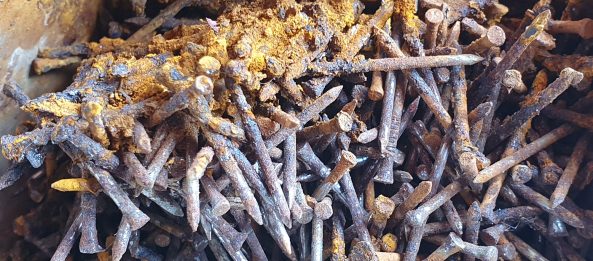
We’re kicking off Day 2 of the birthday celebrations with photographer Mark ‘Fitz’ Fitzpatrick. This is Fitz’ third exhibition with Notes From Xanadu. He describes himself as a “full time parent and teacher, part-time visual story teller, background artist, silversmith, bargee and recovering layabout.”
“I like to view the world around use from a different perspective to show there is art all around use, sometimes we just need to step back to see it.”






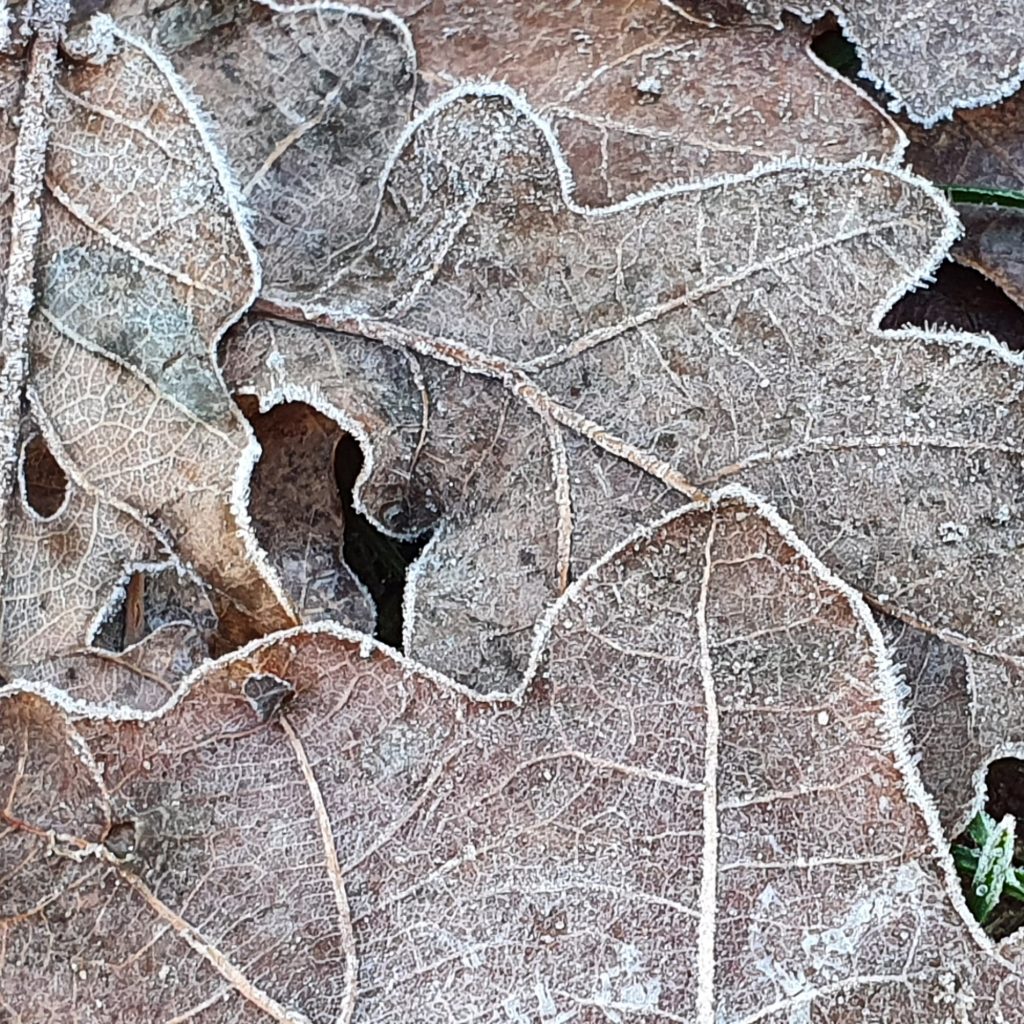



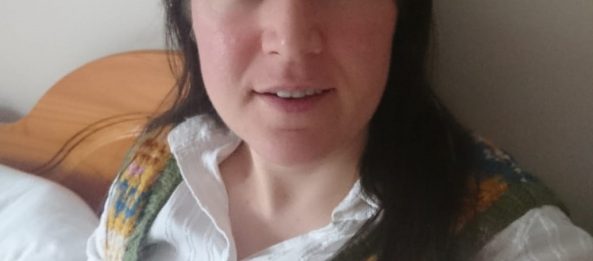
The second exhibition of our birthday celebrations, and rounding out day one, is by our resident knitting expert and host of our monthly Stitch ‘n’ Bitch, Aoife Flood. It’s long been our plan for Notes From Xanadu to feature crafts as well as arts, so it’s wonderful to be able to finish our first day of the anniversary weekend with a show of this type. Although, it has to be said, Aoife really does raise knitting to the level of an artform!
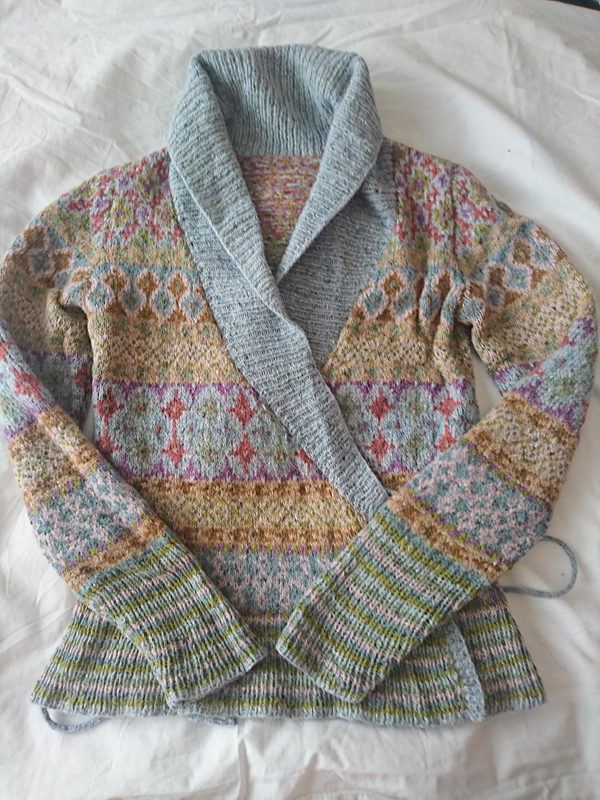 “It took me over 2.5 years to complete this 9 coloured fairisle-like wrap cardigan, adapted from Marie Wallin’s Izmir. It was worth it!”
“It took me over 2.5 years to complete this 9 coloured fairisle-like wrap cardigan, adapted from Marie Wallin’s Izmir. It was worth it!”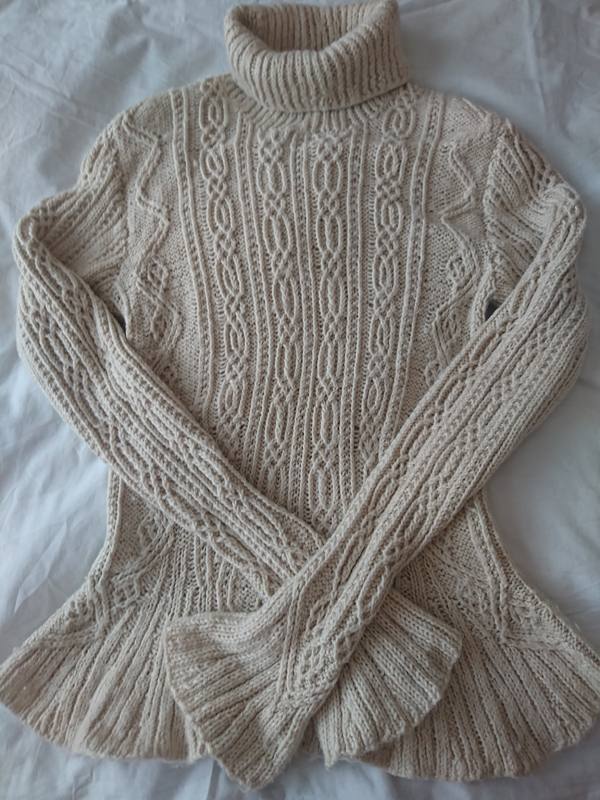 “This Haute Alpine cabled jumper by Vladimir Teriokhin’s gives an interesting take on classic Aran designs. A beautiful piece for any wardrobe.”
“This Haute Alpine cabled jumper by Vladimir Teriokhin’s gives an interesting take on classic Aran designs. A beautiful piece for any wardrobe.”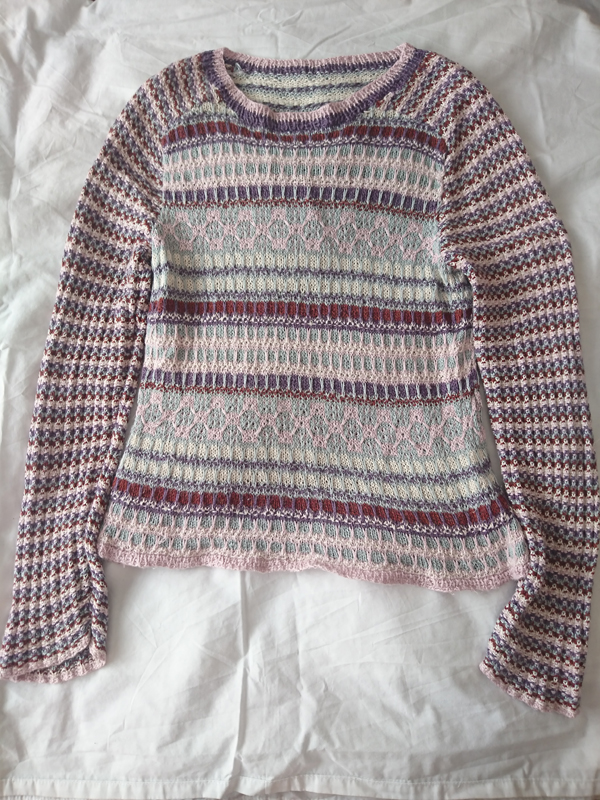 “This 5 colour jumper using Marie Wallin’s Karolin is surprisingly easy as it was completed using mosaic knitting, where only stripes used with some stitches skipped and slipped.”
“This 5 colour jumper using Marie Wallin’s Karolin is surprisingly easy as it was completed using mosaic knitting, where only stripes used with some stitches skipped and slipped.”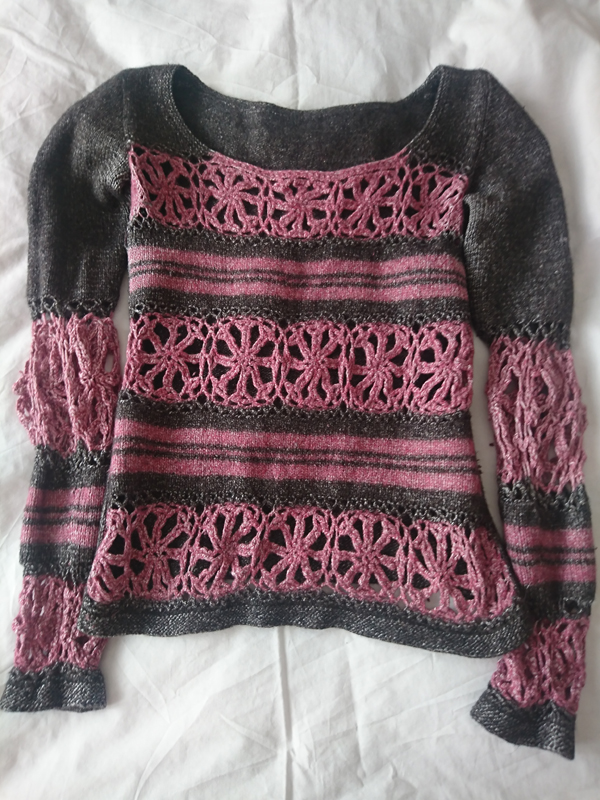 “This knit and crochet design based on a pattern from Italian magazine, Mani di Fata, contrasts the two techniques well.”
“This knit and crochet design based on a pattern from Italian magazine, Mani di Fata, contrasts the two techniques well.” “Connie is a fine lace keyhole jumper with ribbing details and the pattern was designed by Jennie Atkinson. Perfect for dress wear.”
“Connie is a fine lace keyhole jumper with ribbing details and the pattern was designed by Jennie Atkinson. Perfect for dress wear.”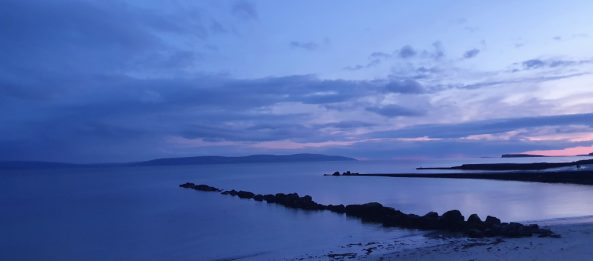
First up in our birthday celebrations is artist Anne Tynan. You may remember Anne’s wonderful painting of the Blackrock diving tower, which was featured during our launch weekend one year ago. She now returns to Salthill, but this time with camera in hand, to give us this beautiful exhibition.
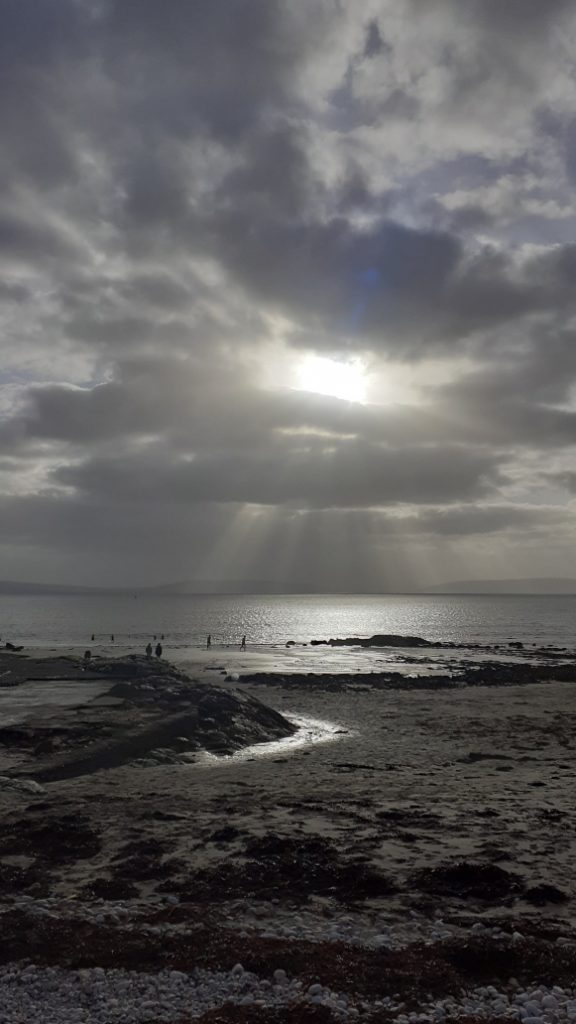

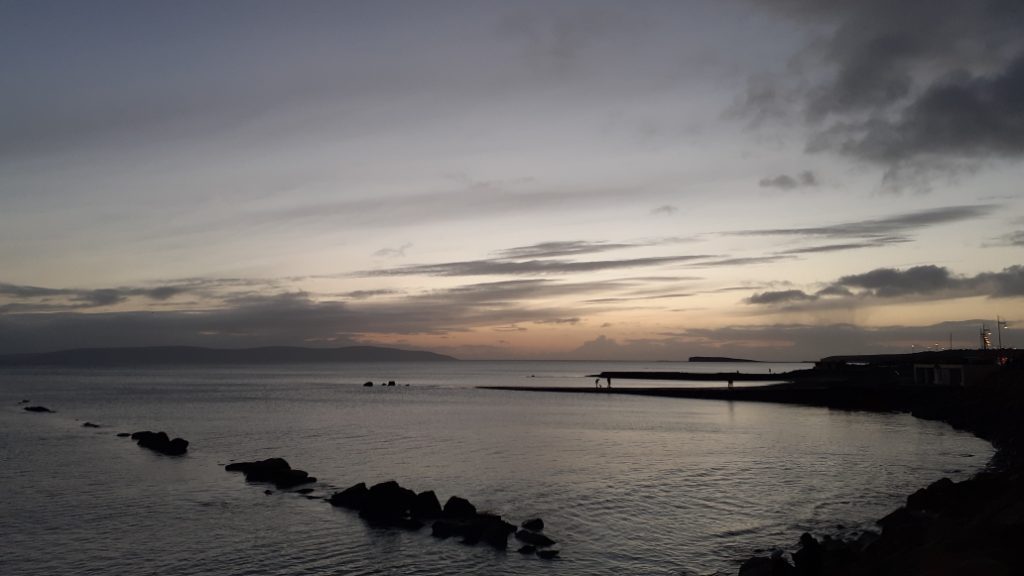
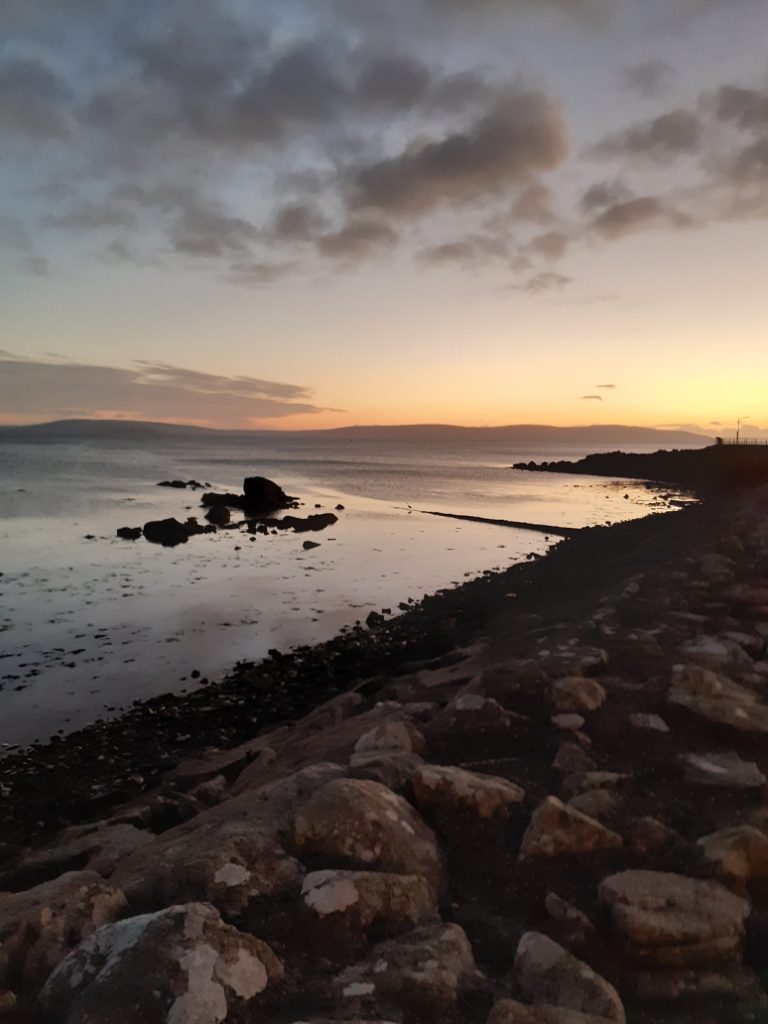
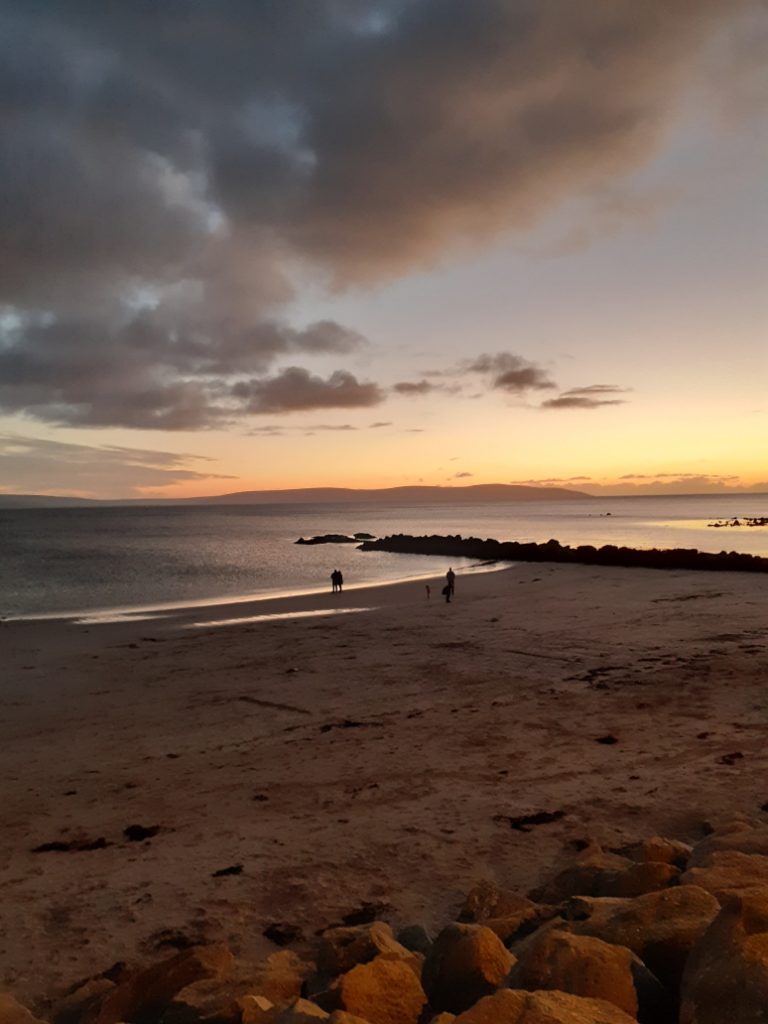
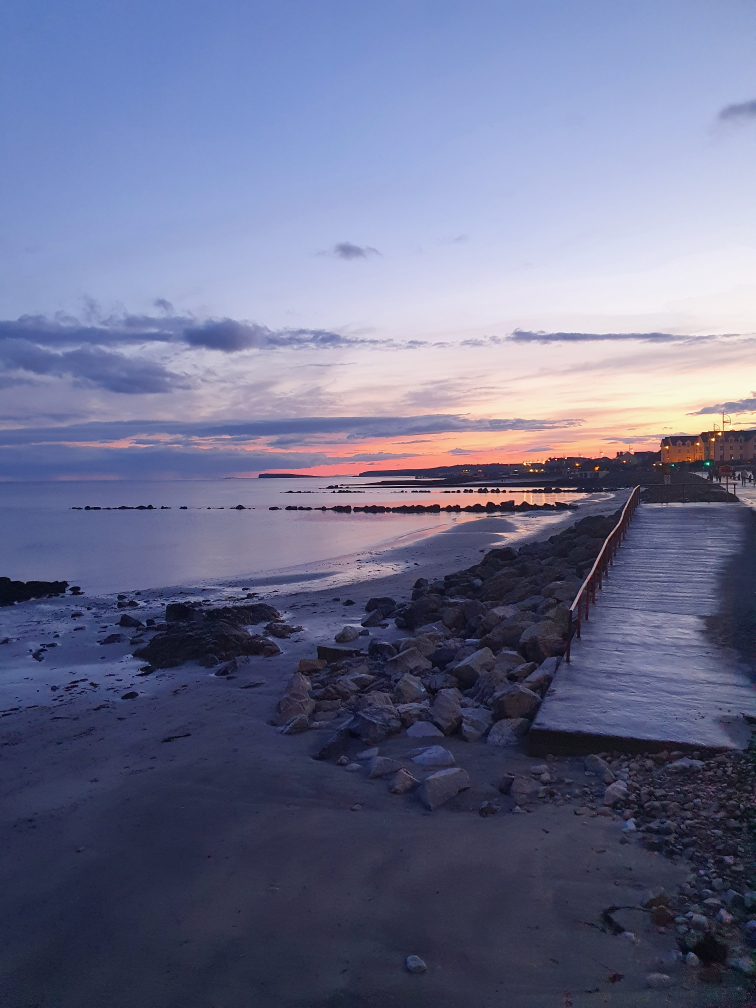
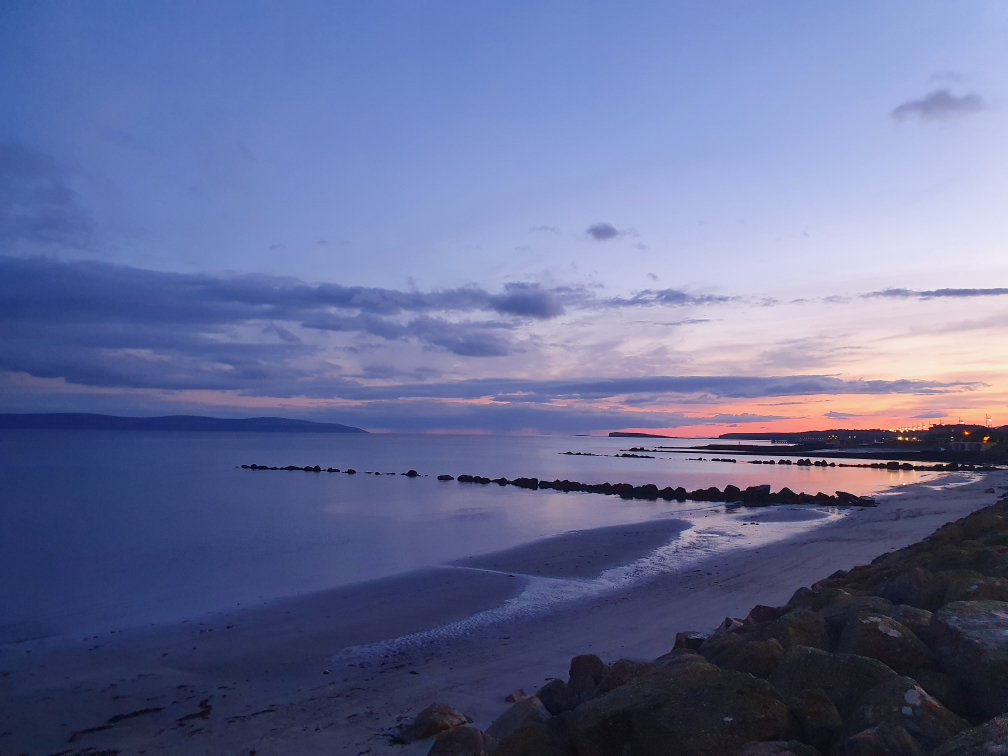


James Guinnevan Seymour is an Irish artist and illustrator who has just returned home after living in South Korea and Vietnam for 12 years. He is a graduate of Limerick School of Art and Design and since his graduation in 2003 has had over 30 exhibitions with the majority of them as a member of the I.A.C (International Artists of Corea (Korea)) and Limerick Printmakers Ireland. He has also had a handful of exhibitions in America as well as some published work in a number of magazines, newspapers as well as for independent comic book companies. He is currently living in Co Mayo with his wife and two kids and is currently illustrating for two independent comic books as well as working on some personal projects. James also runs the independent publishing company Red Skull Press.
You can follow James on Facebook, Instagram, or Twitter, email him on guinevan25@hotmail.com or visit his online store.
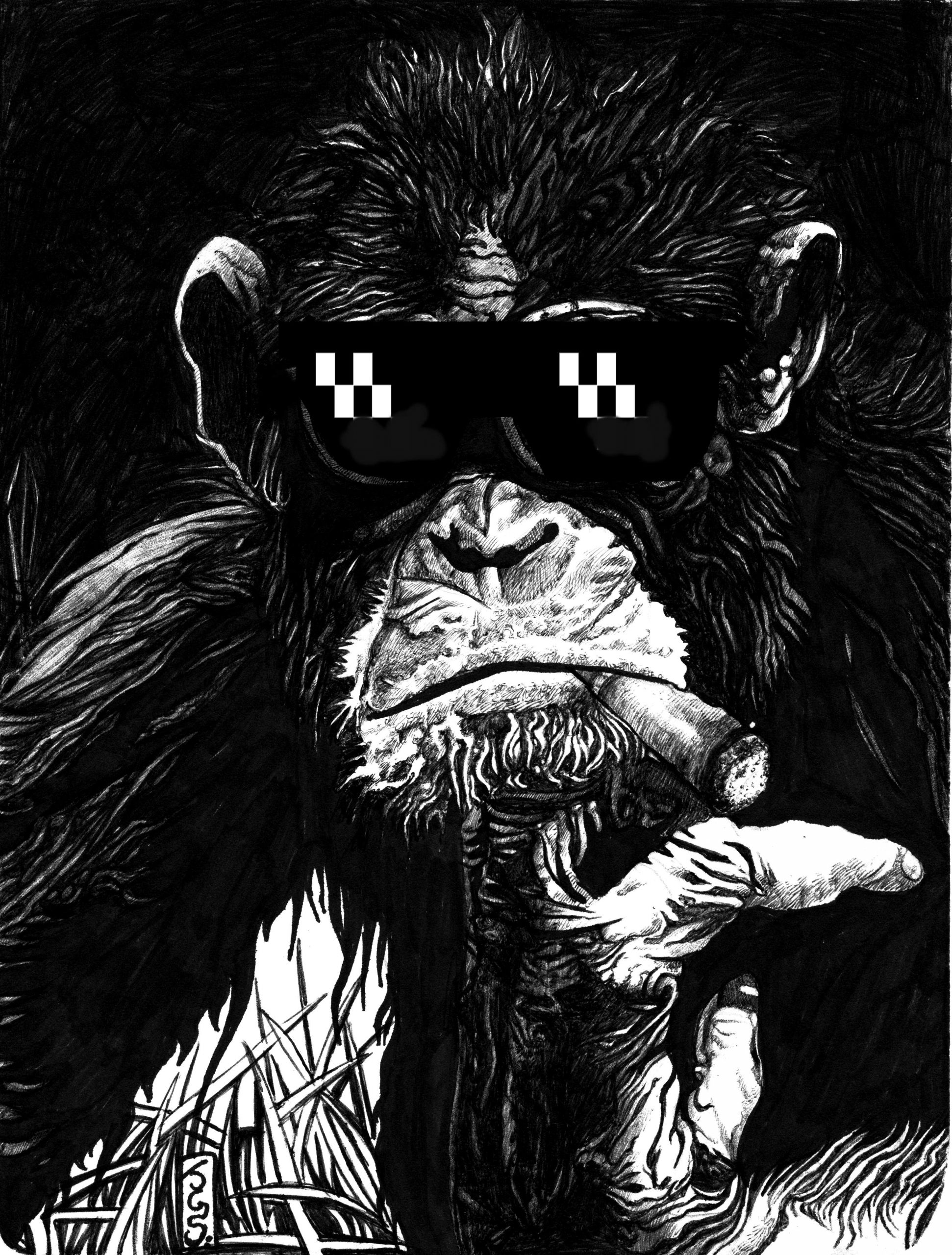
See No Evil
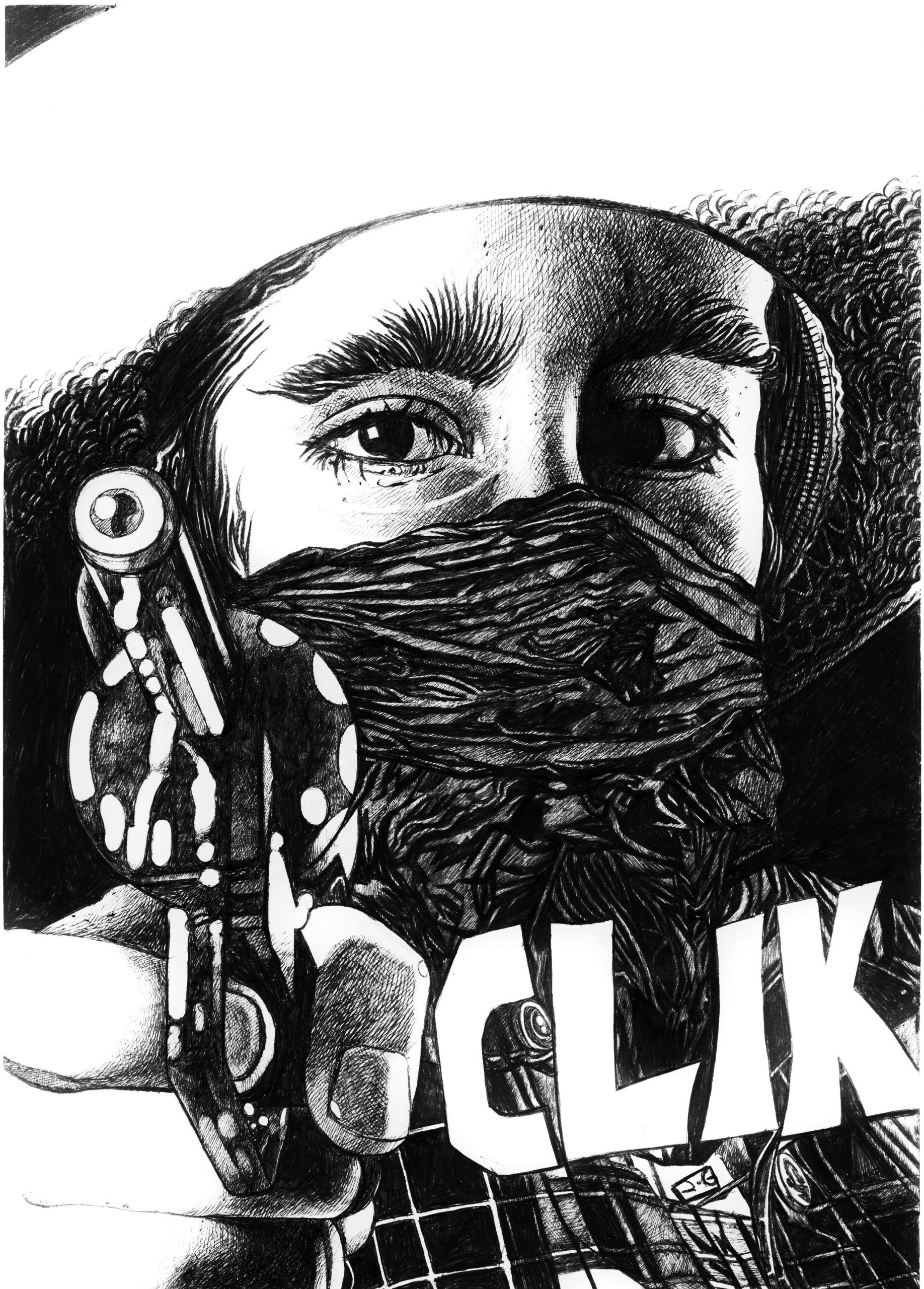
Draw Pilgrim

I’m Gonna Make A Monkey Out Of You
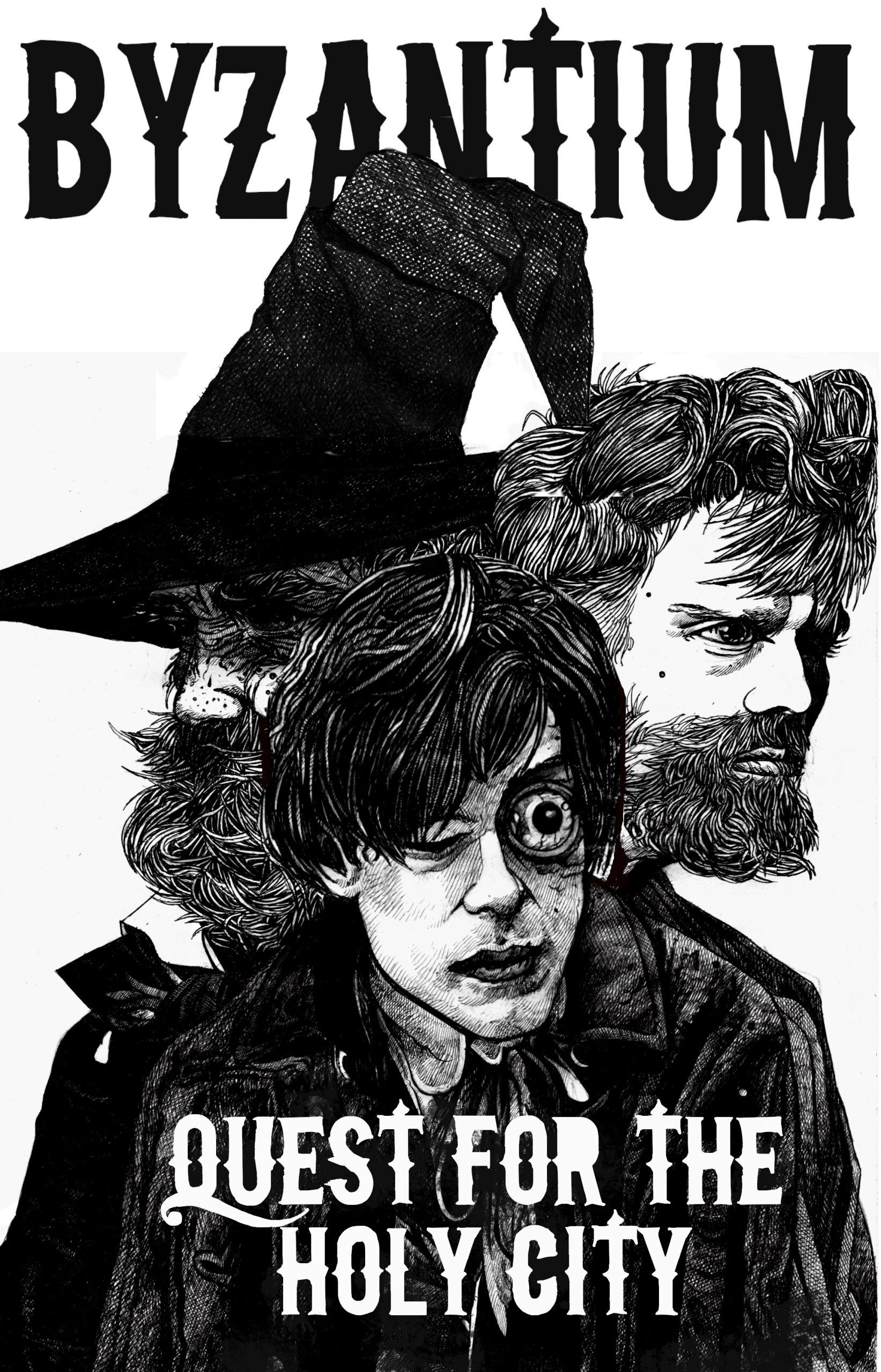
Byzantium
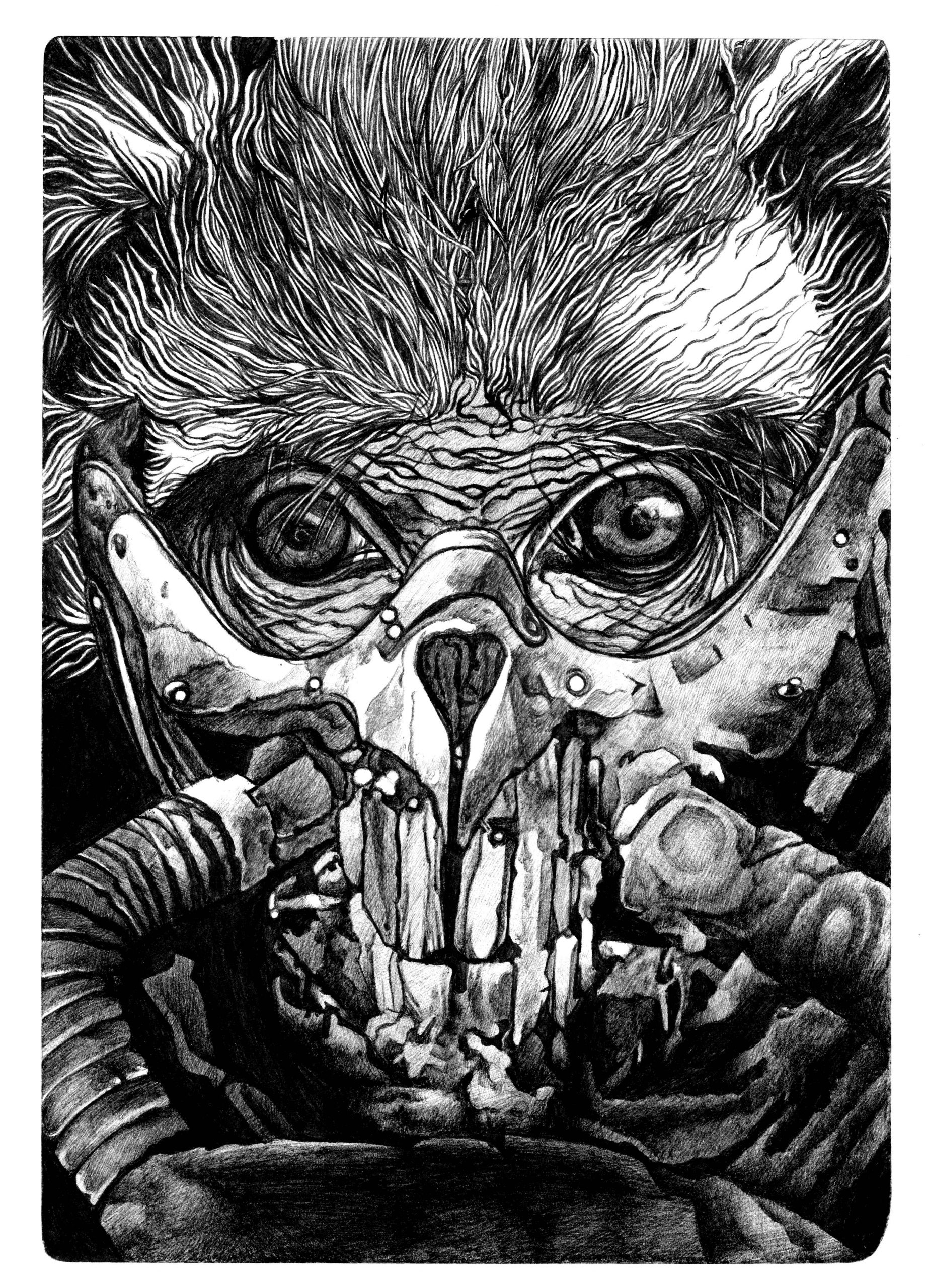
Speak No Evil
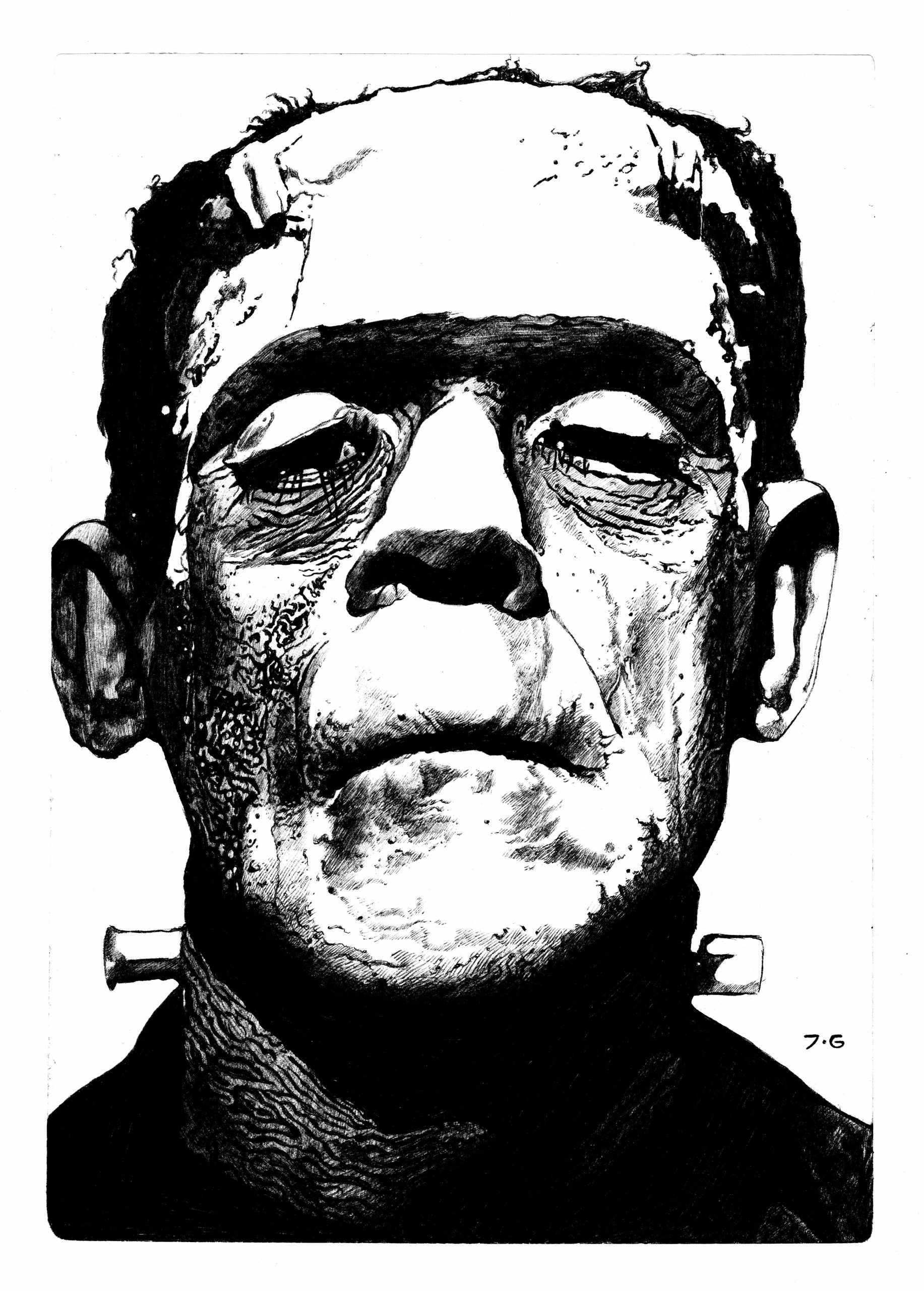
The Monster
Today we are featuring photographer Mark ‘Fitz’ Fitzpatrick for the second time. Fitz describes himself as a “full time parent and teacher, part-time visual story teller, background artist, silversmith, bargee and recovering layabout.”
“I like to view the world around use from a different perspective to show there is art all around use, sometimes we just need to step back to see it.”
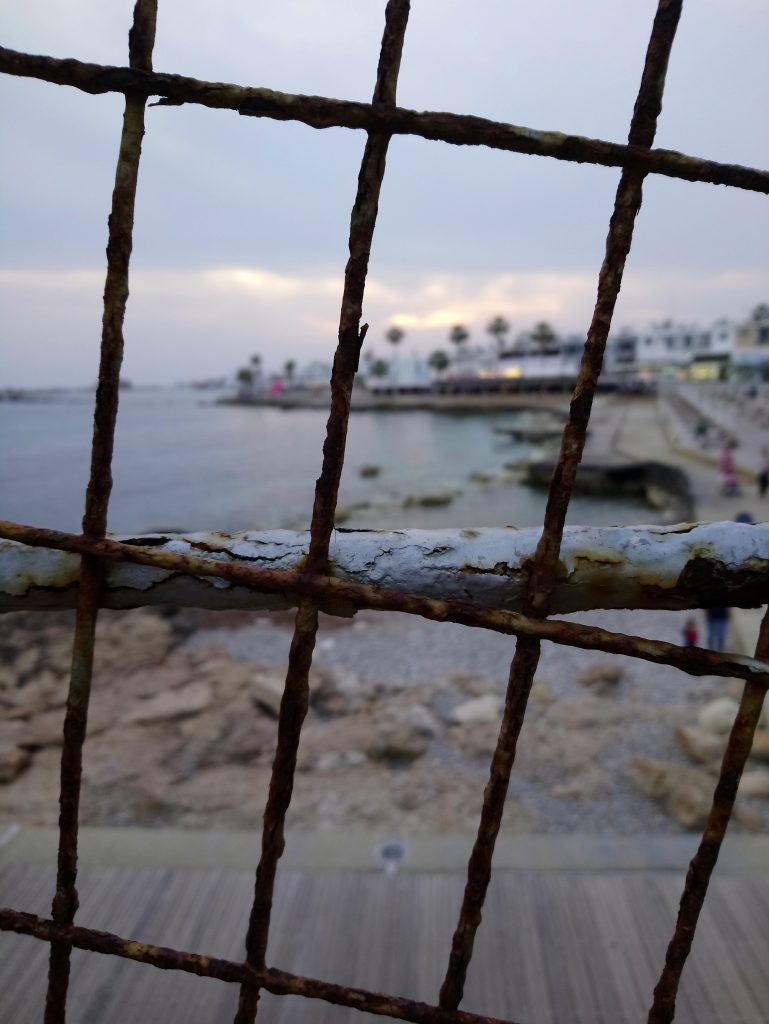

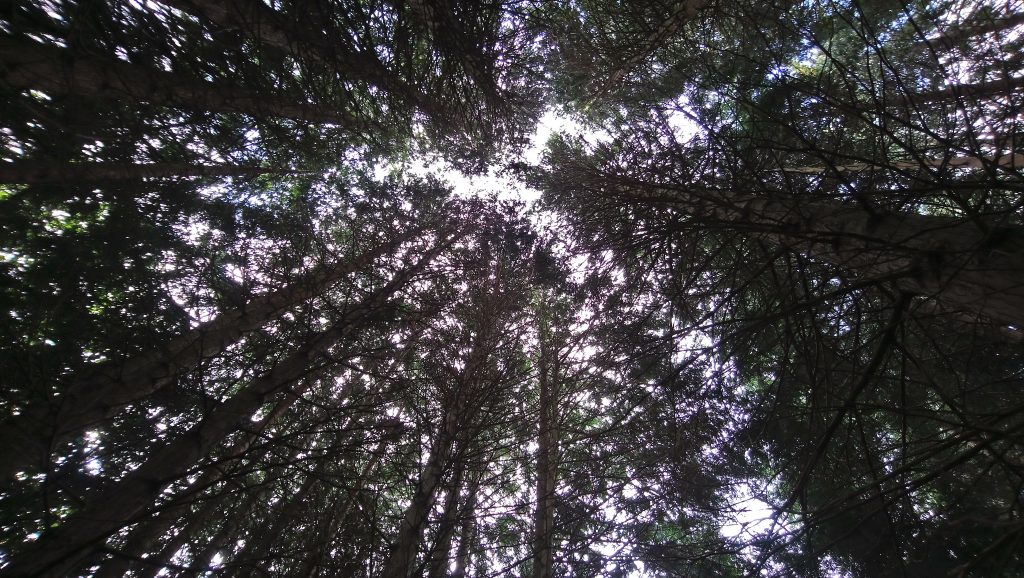
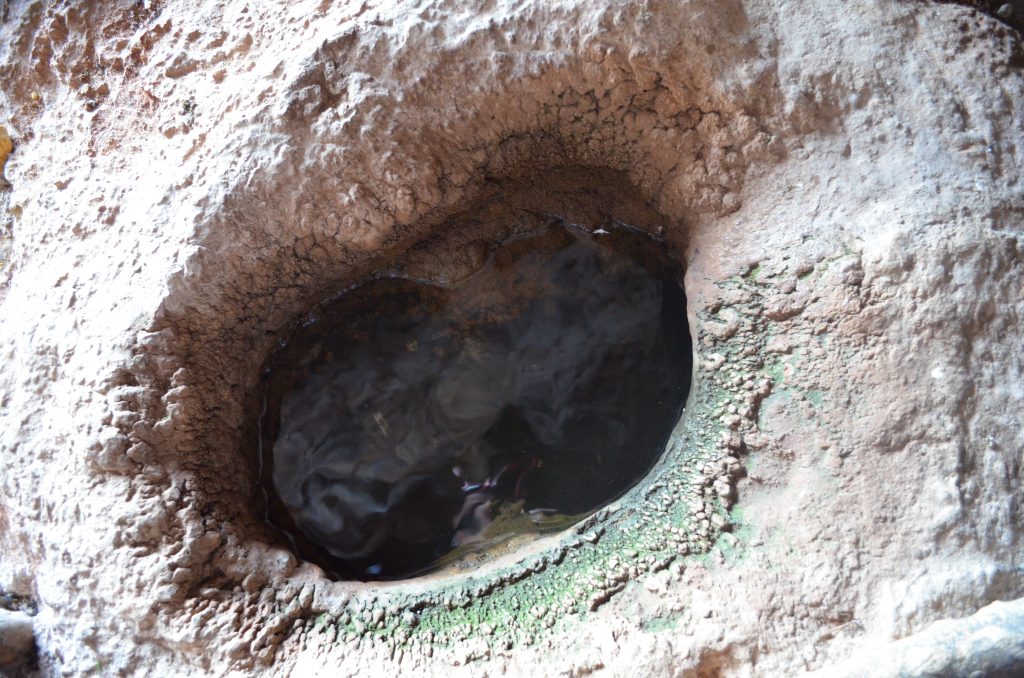
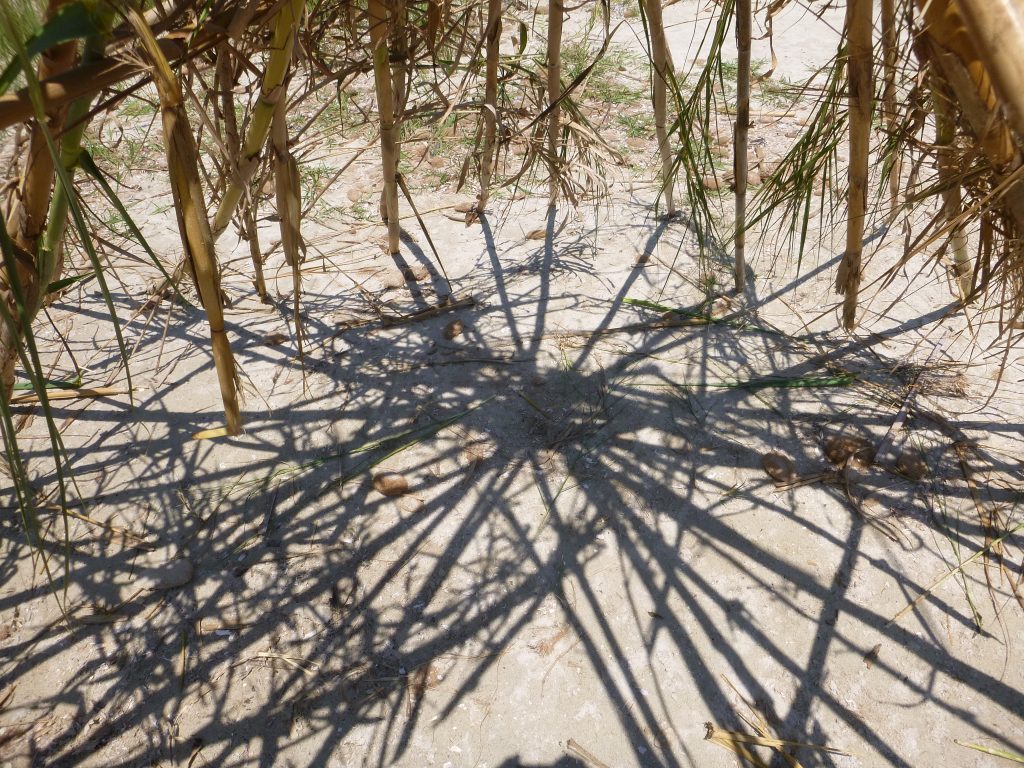

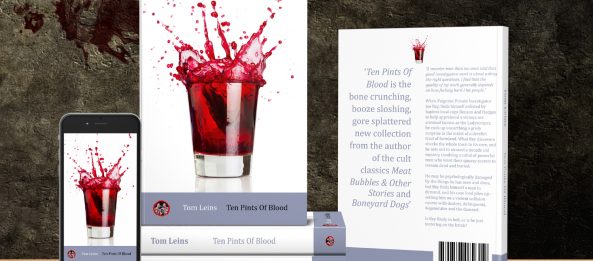
Craig runs a small organisation, Close To The Bone Publishing (http://www.close2thebone.co.uk), which is dedicated to helping authors into print and onto a viable sales platform’ sidestepping publishing agents and other such complexities. You can contact him on close2thebone@hotmail.com with any queries regarding publishing and cover art. He’s a former soldier and is now dedicated to promoting safety and health in the workplace as an occupation. Craig currently live in Warwickshire, England with his wife and two children. He has a personal blog at http://www.craigrobertdouglas.co.uk.
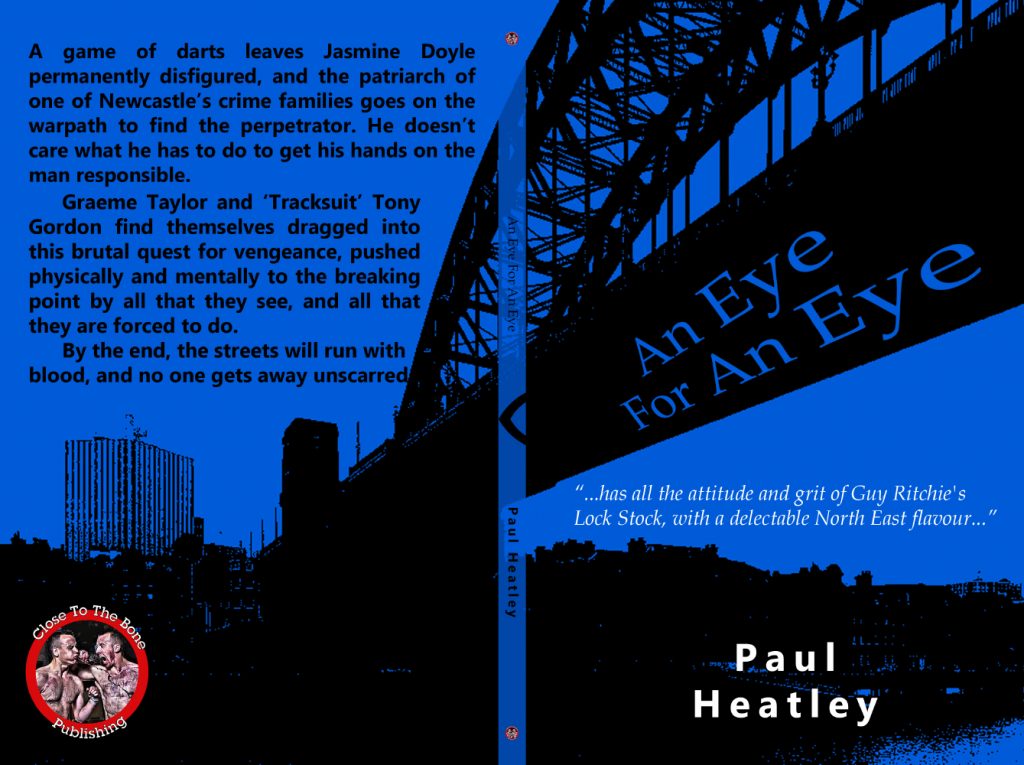
An Eye For An Eye, Date of Releas : 2017, Author: Paul Heatley.
“1 of 3 books in a trilogy. The most difficult part was trying to get an eye on all 3 spines to match up correctly.”

The Blood Red Experiment, Date of Release: 2018, Author: Anthology.

The Runner, Date of Release: 2018, Author: Paul Heatley.
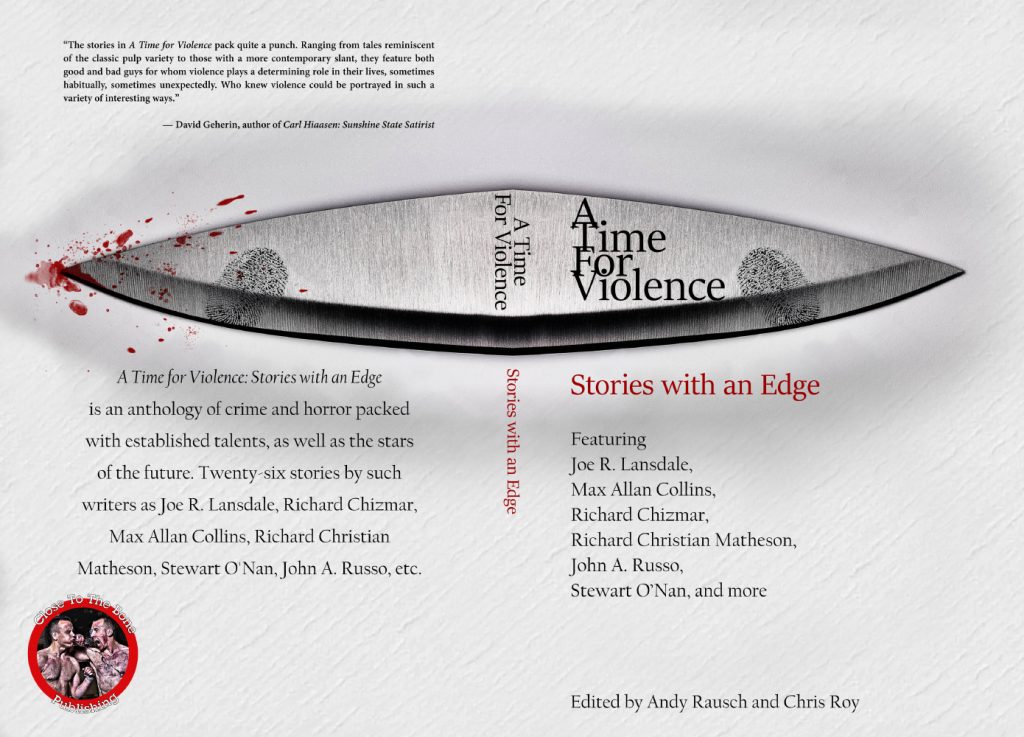
A Time For Violence, Date of Release: 2019, Author: Anthology.
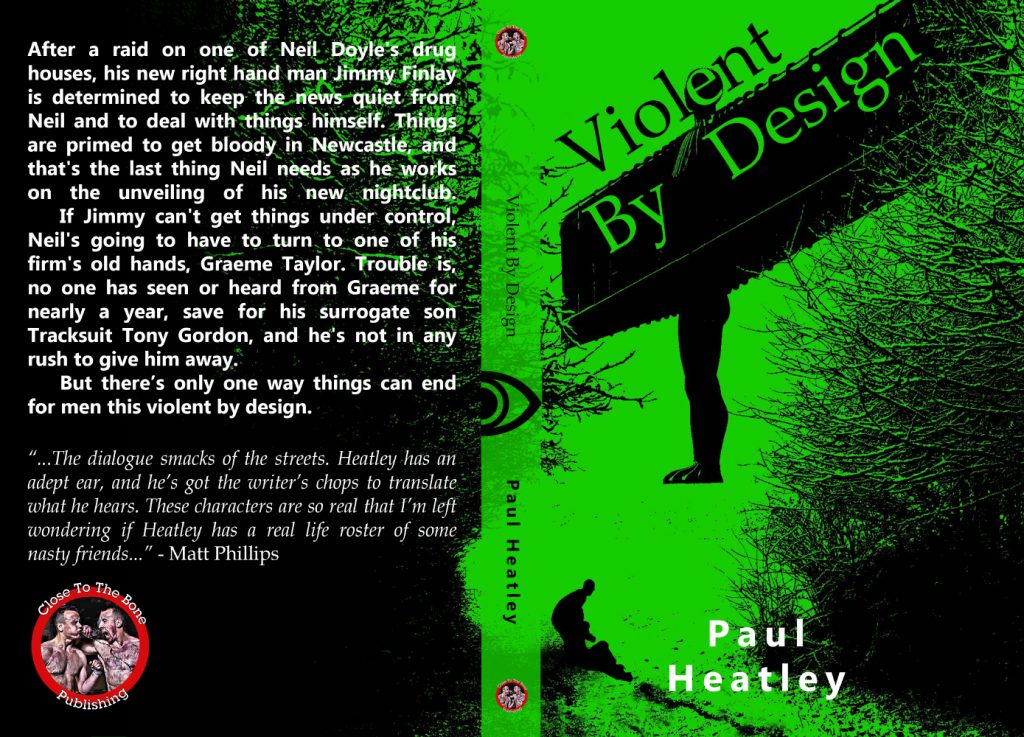
Violent By Design, Date of Release: 2018, Author: Paul Heatley.

Small Time Crimes, Date of Release: 2018, Author : Paul D. Brazill.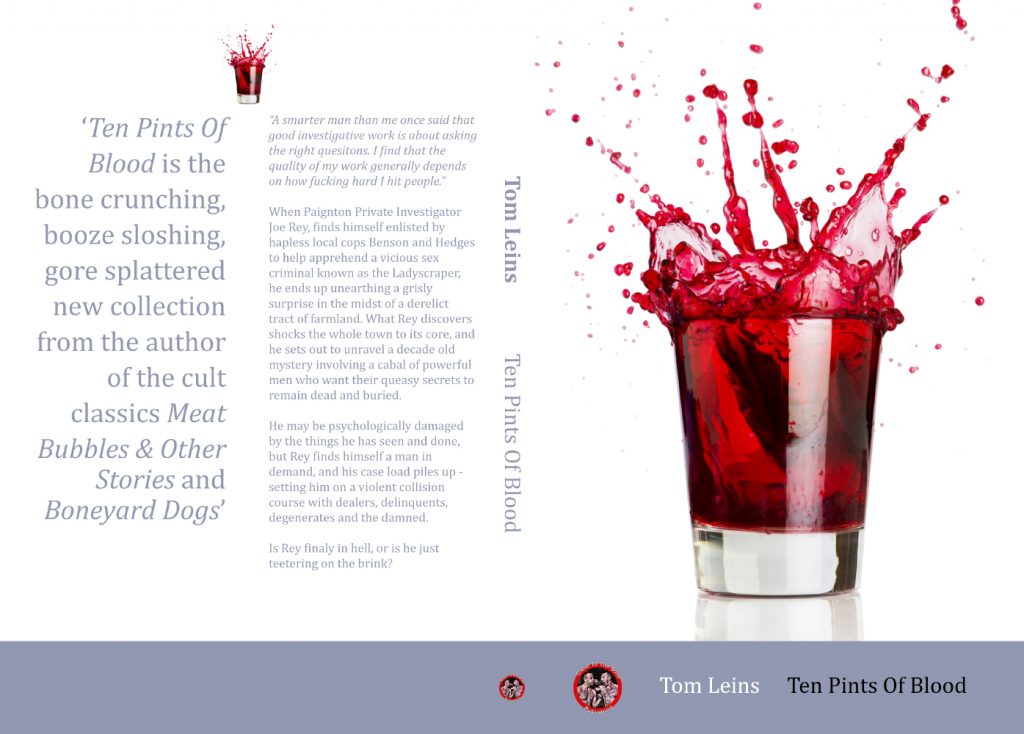
Ten Pints Of Blood, Date of Release: 2020, Author : Tom Leins.

The Mark, Date of Release: 2020, Author : Simon Maltman.
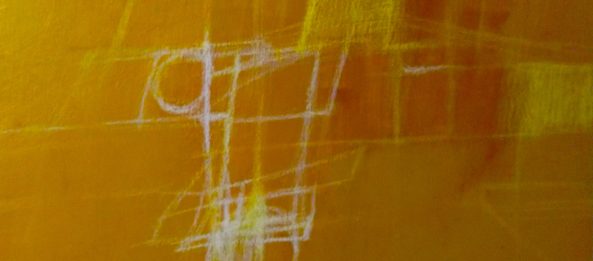
Jerome is our second US contributor to date. He tells us “I am currently retired after working as a scientific editor on the journal Physical Review Letters. My professional background was in theoretical elementary particles, with a PhD from UCLA. Since retiring, I’ve been working on my painting (oil, acrylics, wax crayon), as well as writing. I started out in poetry, then switched to prose: three murder mystery novels and working on a fourth one. A short story of mine, “A Quantum Tale”, (sort of ‘Alice in Wonderland meets the Schroedinger Cat’), just won a Honourable Mention in a contest by Quantum Shorts.”
The original art work is not for sale, however some are available as Print-on-Demand at www.ArtPal.com/malenfant188, and you can also follow Jerome’s work on his Facebook page, Jerome Malenfant/ART.
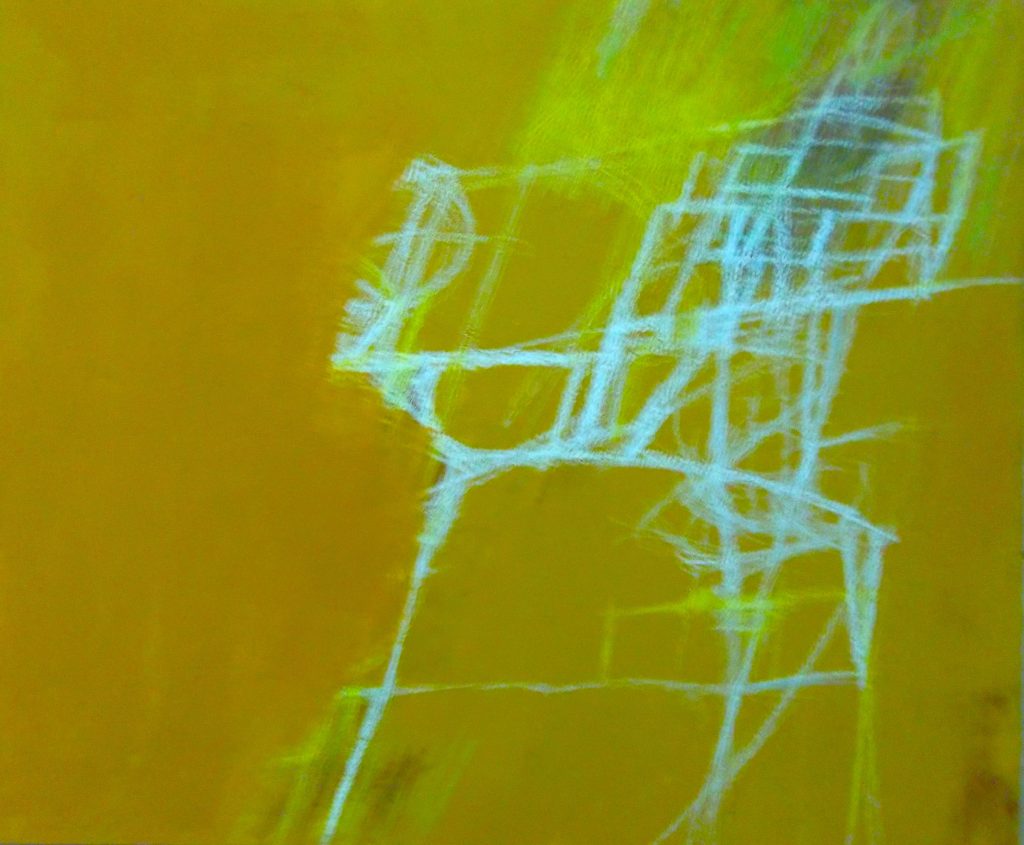
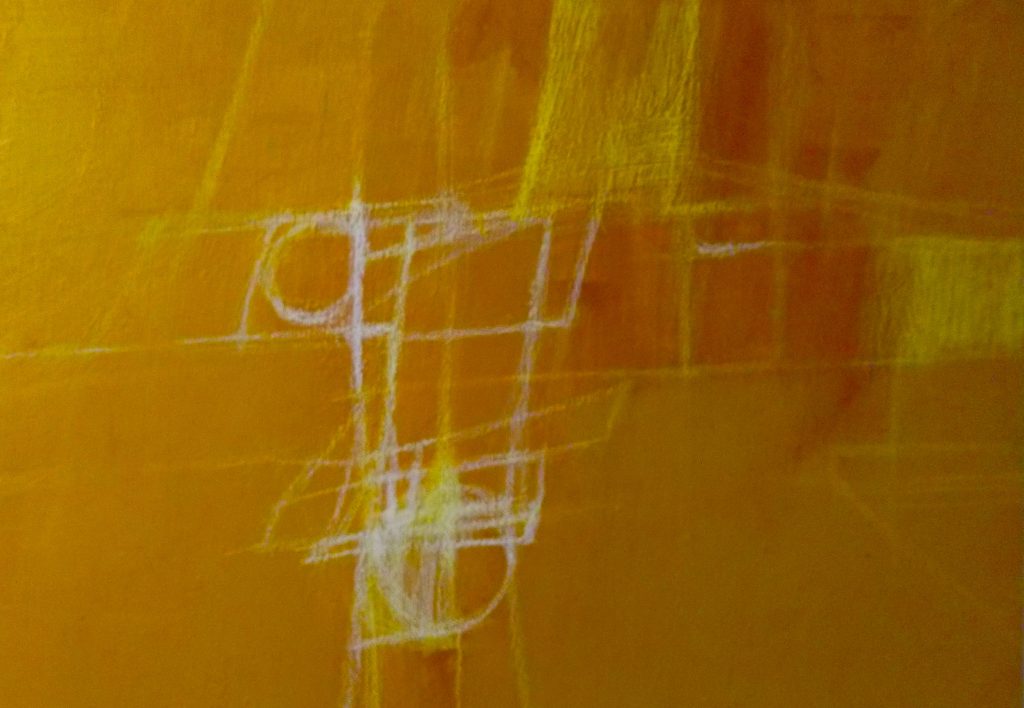
Galway City native Anne painted this picture of the famous diving tower at Blackrock, Salthill. This picture is particulary poignant, as, in normal times, there are swimmers at Blackrock every single day of the year, with Christmas Day being a particular favourite. Anne says:
“Definitely not comfortable with describing myself as an artist. I was inspired to paint this iconic neighbourhood scene after a thoughtful birthday gift from my sister. I hadn’t painted for decades, pretty much abandoning it after a year of art school when I was 16. However, having enjoyed this painting thoroughly, I will definitely keep it up and hope to improve!”
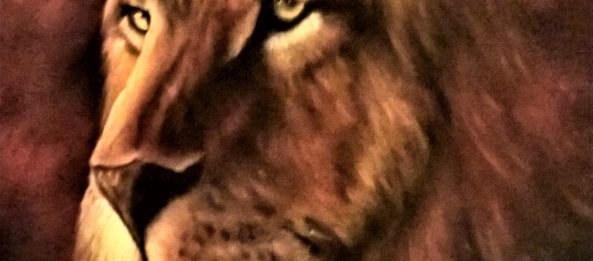 Image
Image
Artist Joy-Elizabeth Mitchell is based in West Cork. Her specialities are Animals and Birds, statements of injustice, and landscapes. She also take commissions. The three paintings below are for sale. For details of these, or to discuss a commission, you can email her on joyelizabethmitchell09@gmail.com.

Welcome to the relaunch of Notes from Xanadu. The next four days will witness the transformation of the site from online magazine to online arts centre.
Our homepage has always said Welcome Home. It’s been a place to come in, take your shoes off and relax with something to read, whether that be fiction, poetry, articles or reviews. We’ve never published a bad review – if we couldn’t find something good to say, then we wouldn’t say anything at all (but that never happened). We reviewed theatre, art, books, opera, film, eateries, and even, on one occassion, a karaoke booth. It was a home from home that gave you ideas about what to do outside the home.
And now many of us are confined to the home. On deciding to relaunch Notes From Xanadu at this point, it was decided to make it into much more than an internet magazine. I personally had a list of ideas for an arts centre, and decided to see how much of it could be implemented online – quite a lot, as it turns out. We have art, music, puppetry and of course writing, much of which explores the theme of staying at home or living online, as well as how the “new normal” is for the people who do go out to work.
For many people, the online way of life has been a reality long before Covid 19. I am thinking in particular of the chronic illness community, of which I am a member. Most of us are severely limited in how much time we can spend out and about; some are completely housebound; some are bedbound. The internet is a place for people to connect, share thoughts and ideas, and even study – for those who are well enough. This is particularly true for people who live alone. Other people may find themselves in the same boat by virtue of living in a remote location. We have always known how to do as much as possible online. The coronavirus has taught others the same skills. There is a lot of talk about the downside of the internet – people being addicted to their phones, not having real-life conversations, preferring the virtual world to the real world. But in reality the lines between the two are blurred.
And so here we are, bringing it all back home – online. Welcome to my world. Welcome to our world. Welcome to Xanadu.
Mary Tynan
Own Art is an Arts Council England initiative which gives interest free loans to individuals, in order to make purchasing contemporary art and craft easy and affordable. They are celebrating their 10th anniversary this year, and, as part of the festivities, have commissioned Turner Prize winning artist Jeremy Deller to create a digital animation. This work, which will be based on that he did for the Venice Biennale 2013, is to be split into 10,000 stills that will be available to download as individual unique works of art.
To be one of the lucky 10,000, subscribe (anytime from now onwards) to The Space newsletter at http://www.thespace.org/artwork/view/wesit#.U5wnqyJwZeU. Once you’ve confirmed your subscription, they will send you an email with a link to claim your work, which will then be downloadable from Monday, 7 July 2014.
The full animation will be premiered on screen on Saturday, 19 July, at both Westfield Stratford and Westfield London.
Own Art was created to inspire individuals to take their first steps and buyers and collectors of contemporary art and craft, as well as to assist the galleries they work with, along with their artists, to be more sustainable as businesses. Customers can borrow from £100 to £2,500 interest free, and spread the cost of repayment over 10 months. A quarter of the loan amount each year, on average, is to customers with an annual income of £25,000 or less. Since the scheme began in 2004, it has financed in excess of £25 million worth of sales.
Jeremy Deller has been making art since the early 1990s. He won the Turner Prize in 2004 for the documentary Memory Bucket, and his work covers subjects ranging from exotic wrestler Adrian Street to international fans of 1980s band Depeche Model. He has exhibited widely throughout the world, and in 2013 represented Britain at the Venice Biennale.
For more information on Own Art visit www.ownart.org.uk. You can find out more about Jeremy Deller at www.jeremydeller.org.
 Hampstead’s Village People: Portraits of Cultural Icons; Ryan Gander: The Artists have the Keys
Hampstead’s Village People: Portraits of Cultural Icons; Ryan Gander: The Artists have the Keys
On Friday, I payed a visit to two highly contrasting properties in Hampstead, where the National Trust were celebrating the opening of two new exhibitions.
First on the itinerary was Fenton House, which is hosting Hampstead’s Village People: Portraits of Cultural Icons, in partnership with the National Portrait Gallery. The photographs are tastefully housed in two rooms on the ground floor, and cover a range of artistically influential people from the area over the last 100-plus years. I was particularly taken by the pictures of Daphne du Maurier and Cecil Beaton, as well as Peter Barkworth, whose writing had previously made a great impression on me.
Then it was on to explore the house. I was intrigued to learn that 55 of the paintings on permanent display were bequeathed by Peter Barkworth, and there are some wonderful paintings in Fenton House. There are also rather a lot of harpsichords – on average two per room on the first floor. Glass cabinets full of china and what I would describe as knick-knacks in each room complete the eclectic collection.
Before leaving, my companion and I took a stroll about the gardens, which are well worth a visit. Beautifully laid out, on several levels, they seemed to induce a sense of peace and serenity in me, especially seeing the spring flowers just starting to appear.
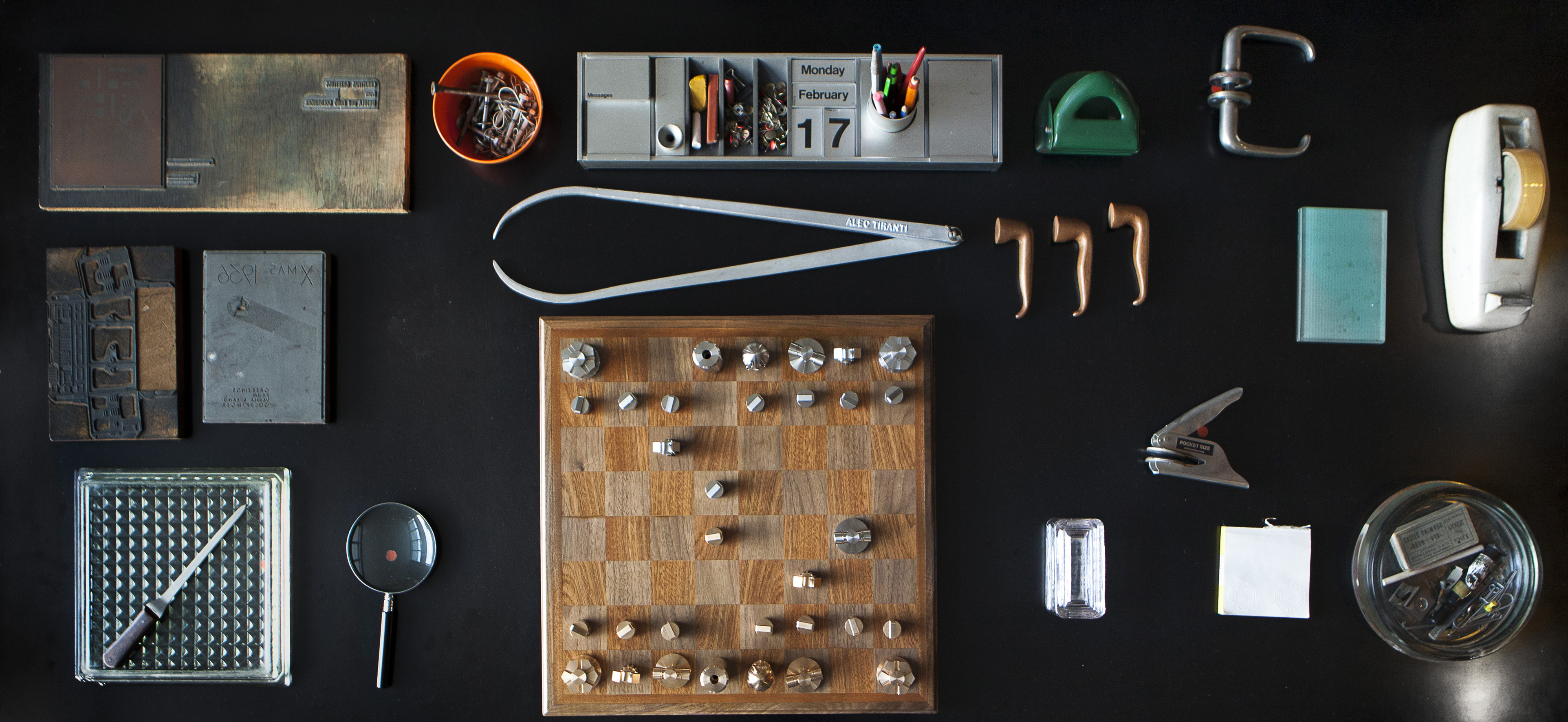 Secondly, we visited 2 Willow Road, the home of architect Erno Goldfinger, for Ryan Gander’s The Artists have the Keys. Gander has been interested in Goldfinger’s work since 2005, and he has approached the current exhibition in an extremely immersive fashion, almost as if he was asking what else might Goldfinger have added to the house himself. Gander’s art is place amongst other objects in the property, and guest are given a list of which pieces are in which room, but with no other indication as to location. I enjoyed this mini-challenge, which was similar to a live hidden-object game, at the same time as appreciating the house in it’s totality and all the other art contained within. Gander’s work is very much in sympathy with the style of the place, which also hosts work by Bridget Reilly and Max Ernst, to name but two. I particularly enjoyed Things just happen to me, a chess set inspired by components from a Bedford truck circa 1975.
Secondly, we visited 2 Willow Road, the home of architect Erno Goldfinger, for Ryan Gander’s The Artists have the Keys. Gander has been interested in Goldfinger’s work since 2005, and he has approached the current exhibition in an extremely immersive fashion, almost as if he was asking what else might Goldfinger have added to the house himself. Gander’s art is place amongst other objects in the property, and guest are given a list of which pieces are in which room, but with no other indication as to location. I enjoyed this mini-challenge, which was similar to a live hidden-object game, at the same time as appreciating the house in it’s totality and all the other art contained within. Gander’s work is very much in sympathy with the style of the place, which also hosts work by Bridget Reilly and Max Ernst, to name but two. I particularly enjoyed Things just happen to me, a chess set inspired by components from a Bedford truck circa 1975.
I found the house itself fascinating, from the bed that folded up into a cupboard, to the sliding doors between rooms, to the photographs stuck inside the bathroom cabinet. A couple of very helpful volunteers were kind enough to share their vast wealth of knowledge about Goldfinger, his wife, and the house with us, and I went away feeling stimulated and informed. I couldn’t stop myself saying “No, Mr Bond, I expect you to die,” at least once though!
Both Fenton House and 2 Willow road are open from 11am-5pm, Wednesdays to Sundays (last admission 4.30pm), but entry to 2 Willow road prior to 3pm is by tour only. For more information and admission prices, please visit www.nationaltrust.org.uk or telephone 020 7435 3471 (Fenton House) or 020 7435 6166 (2 Willow Road).
Photographs courtesy of Sam Roberts.
Mary Tynan
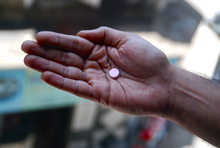
Whenever Dylan Mohan Gray, the director of Fire in the Blood, is asked what the film is about, these are the words he uses: “the crime of the century.” This impressive and highly-engrossing film tells the story of big pharma, patent law, and how profit is placed before human life.
The film tells the story of the struggle to enable access to medicine for AIDS victims in Sub-Saharan Africa, who were still dying in their millions for many years after antiretroviral drugs had transformed HIV into a treatable condition in the West. 10 million or more people died preventable deaths as a direct result of Western pharmaceutical companies and governments blocking access to affordable, available generic medicine.
The documentary puts a human face on the issue, with many memorable contributions both from well-known names and from ordinary Africans affected by the virus. HIV-positive Human rights activist Zackie Achmat refused to take antiretroviral treatment, despite rapidly failing health, until the South African government publicly funded the medicines for all. Yusuf Hamied, the chairman of Indian generic drug company CIPLA, turned the tide when he offered to supply the AIDS drugs for less than $1 a day to developing countries, and to share the technological knowledge necessary for production. Lisa Kalolo, a South-African child faced a bleak future, but thanks to ART she is now attending school and living a normal life.
However, although the AIDS situation appears to be solved, we are warned that those currently taking “first-line” ARVs will, in the future, have to change to more complex ARVs which are not, and are unlikely to be, available in generic form. Director Dylan Mohan Gray also points out that AIDS in the developing world is only part of the scandal of big pharma and patent regulation: almost 50% of Americans are unable to afford their prescriptions, and approximately 33% of deaths worldwide each year are caused by treatable and preventable diseases. This situation looks set to disimprove significantly as American and European trade measures continue to cut off the supply of affordable drugs from India.
This is an important film about a significant matter which is of relevance to anyone. The implications for the world from this issue are wide ranging, and it almost feels as if Fire in the Blood should just be the first of a series of documentaries that explores the future of access to affordable medicine. This affects us all. Please watch this film.
For more information, or to find a screening near you, visit www.fireintheblood.com.
Mary Tynan
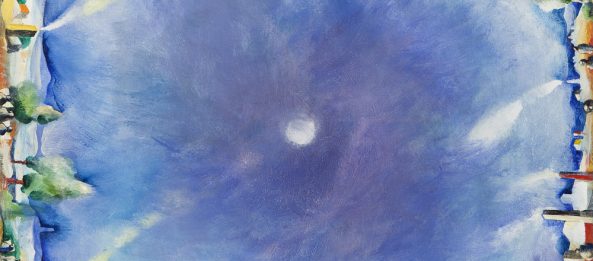
David Breuer-Weil’s Project 4 is an underground voyage through eternity. The show seems to chart the ascent of man from the depths of the remote past, through the present, and forward into the far future, in parallel journeys of physical and spiritual evolution.
Walking down the steps to the graffiti-covered underpass, one is surprised by the almost club-like entrance to the exhibit. Thankfully we were both on the guest list and over 18, and so duly proceeded into the Vaults, where we were greeted by professional, welcoming staff who directed us to the cloakroom, where it was a relief to give up our coats and umbrellas.
Once fortified with champagne, we started our journey of discovery in the Aspiration room. Aspiration means both hope and breath, and this sentiment is embodied by the sculpture Emergence rising out of the earth like the birth of man, paralleling the consumerist growth of modernism – depicted in several of the room’s paintings by terraced houses accompanied by their paraphernalia of sofas, lamps, pianos, etc.
 The second space, Community, charts pivotal moments in the concept of oneself and one’s surroundings, as in Birth, which shows small groups of people coming up out of water in their own community unit bubbles. Individuals inspired both reviewers, with one seeing a roadway turned sideways to symbolise a tunnel out of the earth, while the other (with a degree in Art History) was impressed by what she called “gooey plop!”
The second space, Community, charts pivotal moments in the concept of oneself and one’s surroundings, as in Birth, which shows small groups of people coming up out of water in their own community unit bubbles. Individuals inspired both reviewers, with one seeing a roadway turned sideways to symbolise a tunnel out of the earth, while the other (with a degree in Art History) was impressed by what she called “gooey plop!”
Commodification, on two levels, represents two dimensions in three. Downstairs a giant foot (of God?) awakens Neanderthal consciousness, whilst on the upper level heads within heads explode from inside each other, with Interior resembling a bird’s nest of baby heads. Back on the lower floor, Translations is the embodiment of being part of a book, and of how literacy contributed to the development of humanity.
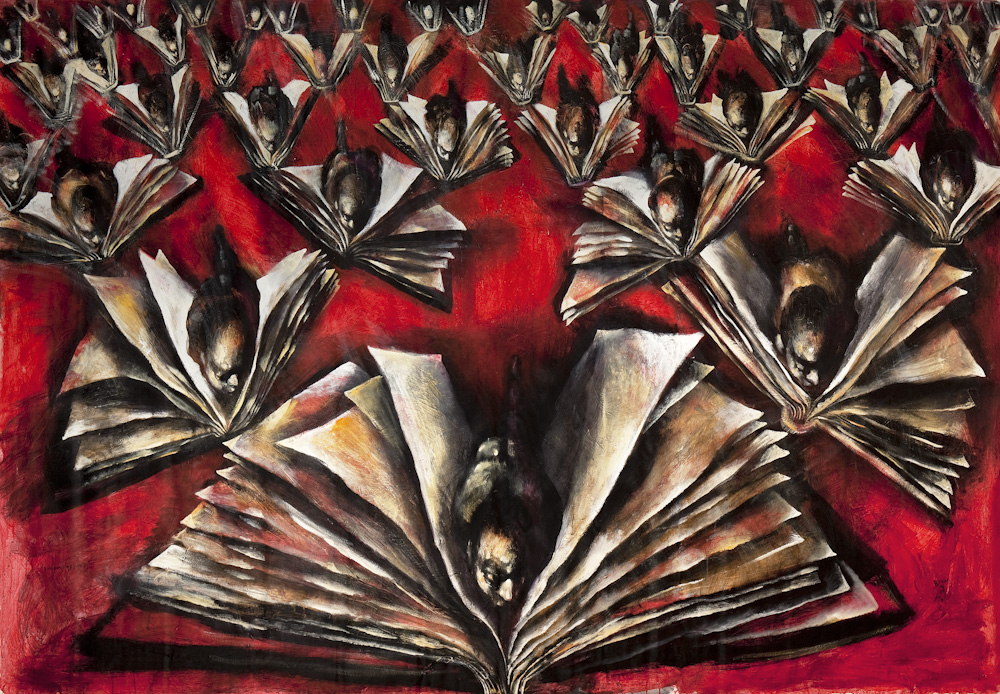 Moving into Itinerancy, Origin shows the earth as a womb cracking open to spread mankind over its surface. Frame symbolises the industrialisation of nature, whilst expressing a sense of serenity and beauty that is in contrast to the dynamism of many other pictures in the exhibition.
Moving into Itinerancy, Origin shows the earth as a womb cracking open to spread mankind over its surface. Frame symbolises the industrialisation of nature, whilst expressing a sense of serenity and beauty that is in contrast to the dynamism of many other pictures in the exhibition.
Continuity continues the human story into the future, with the 6 Orbit Panels echoing the Age of Aquarius. Orbit 2 (Interiors) is the culmination of the isolation of modern humankind – individuals in rooms with only technology for company – the ultimate extrapolation of the bubble in Birth. We move forward as man makes his way into space, with Milky-Way being the highlight of the show for both reviewers. This is a sensitive representation of a beautiful celestial event, with the artist cleverly dropping in humans to float around the nebula.
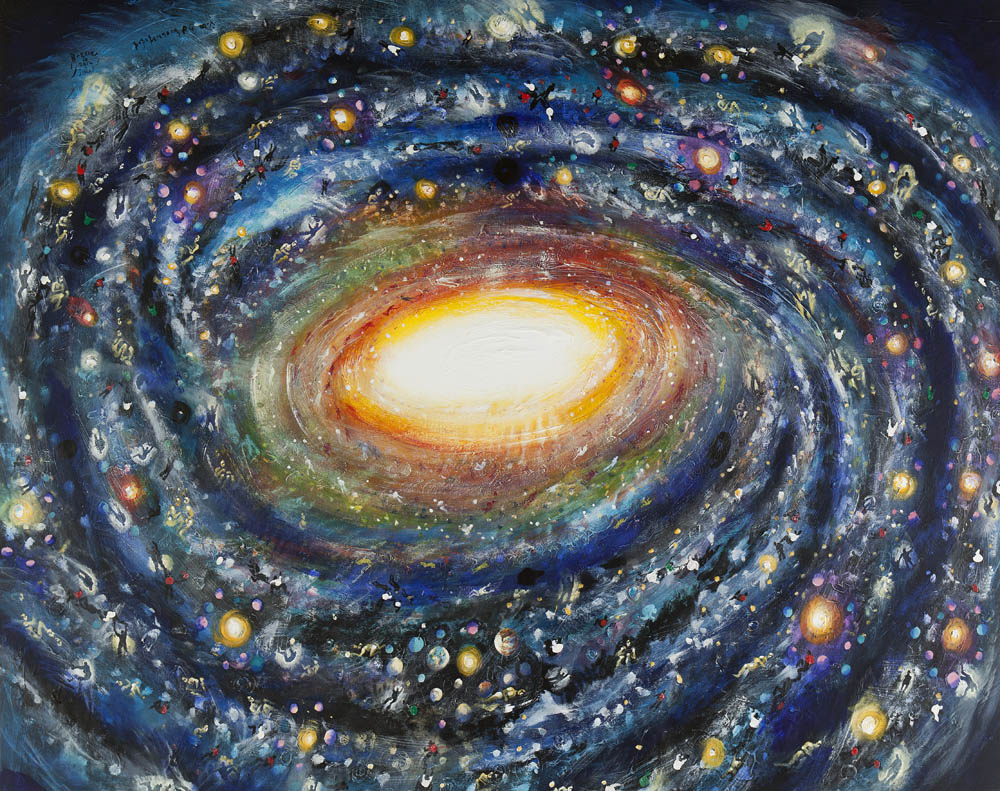 In the final room, the exhibition appears to culminate in our own destruction, with exodus, fire and destruction characterising the paintings with titles such as Mortals and Afterlife 2. After travelling through time, we watched a video of the making of David Breuer-Weil’s guide to the galaxy, with one reviewer finding the sight of the artist spreading paint across the canvas to be both erotic and inspiring.
In the final room, the exhibition appears to culminate in our own destruction, with exodus, fire and destruction characterising the paintings with titles such as Mortals and Afterlife 2. After travelling through time, we watched a video of the making of David Breuer-Weil’s guide to the galaxy, with one reviewer finding the sight of the artist spreading paint across the canvas to be both erotic and inspiring.
Project 4 is an amazing and awe-inspiring exhibition, which cannot be recommended highly enough. We were there for an hour, but could happily have stayed for three times as long. A wonderful show in a sympathetic environment: it is not to be missed.
Project 4 is at The Vaults, Arch 233, Leake Street, London SE1 7NN until Saturday 24 March 2013, open Monday-Saturday, 10am – 6pm and Sunday 12 – 4pm. Admission is free. For more information visit http://www.davidbreuerweil.com.
Mary Tynan and Fay Ryder

New Possibilities: Abstract Paintings from the Seventies at the Piper Gallery
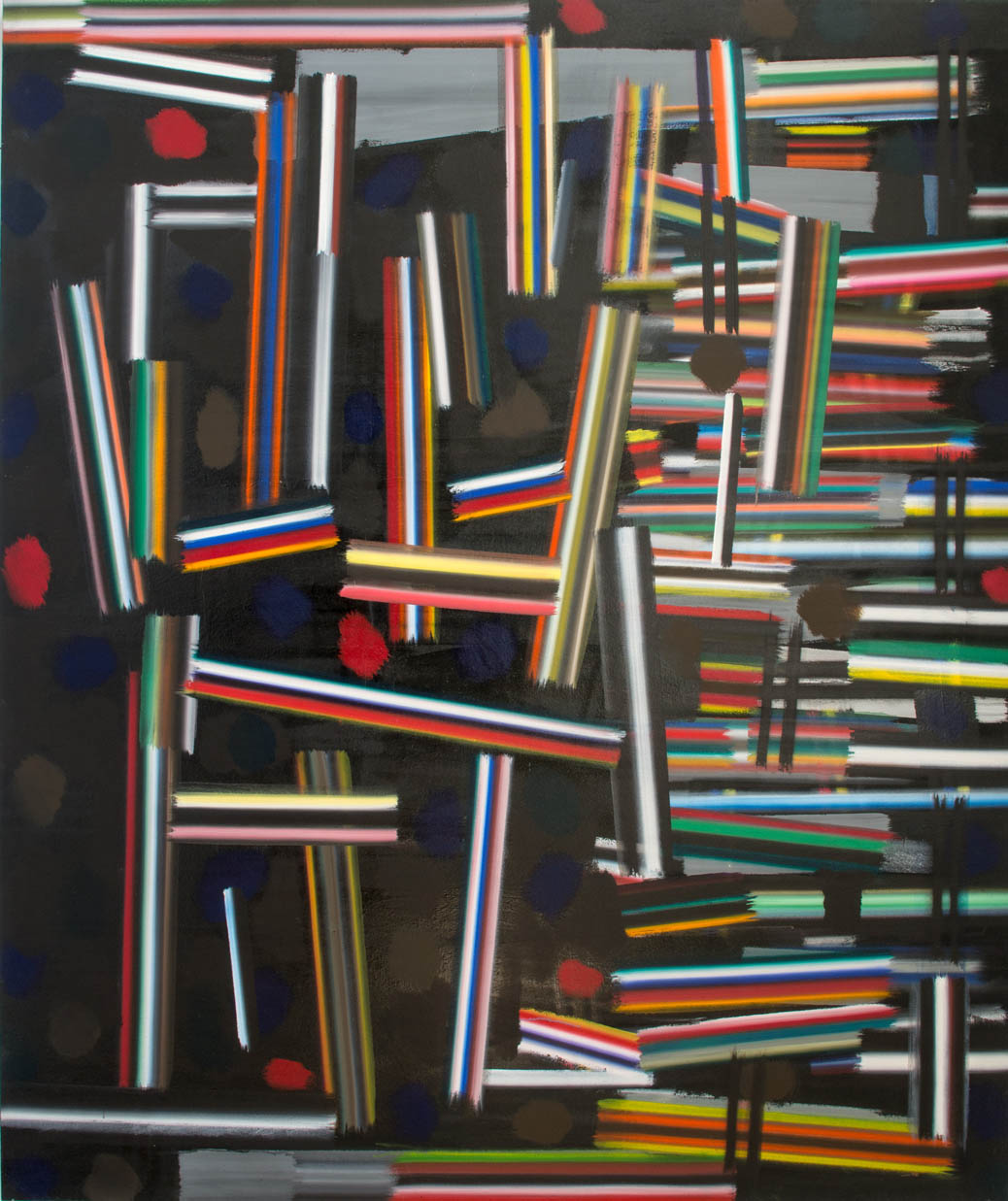 This exhibition presents the work of artists whose work became less fashionable during the 1970s with the rise of conceptual and performance art. While these artists are still working today, most of the work on display is from this period. This is a very diverse exhibition: all of the artists have very individual styles. However, a common feature is an attention to craft, precision and formal values in painting.
This exhibition presents the work of artists whose work became less fashionable during the 1970s with the rise of conceptual and performance art. While these artists are still working today, most of the work on display is from this period. This is a very diverse exhibition: all of the artists have very individual styles. However, a common feature is an attention to craft, precision and formal values in painting.
The range of approaches is very clear when you compare the work of Tess Jaray and Frank Bowling. Tess’ Alhambra (1979) is deceptively simple at first glance, but closer examination draws the viewer in and reveals the surprising complexity hidden in what you believe to be predictable pattern. What at first appears to be a repetitive motif, on closer observation shows itself to have complex variation in colour, form and scale. Frank Bowling’s Rush Green (1977) seems to be more the sum of its parts. His deployment of paint by pouring it directly onto the canvas and utilising flow may seem haphazard, but on inspection the result is more mysterious. There appears to be an equivalence with art from the past – for example, Monet’s paintings of the garden at Giverney – sustained attention is rewarded.
 William Henderson and Barrie Cook both use a particular vocabulary to produce very different results. Henderson’s Funky, Blackand Catch Me (1978) creates a feeling of depth and jaggedness, with a definite sense of illusionistic space, reminding one of the microscopic world when magnified. Cook’s Blue, Red and Yellow Grid (1977) is an optical work which plays with the eyes. It is reminiscent of cathode ray tubes warming up in a old-fashioned television. There is a richness in the fact that the two paintings, both using repetitive linear forms, can produce such varied results.
William Henderson and Barrie Cook both use a particular vocabulary to produce very different results. Henderson’s Funky, Blackand Catch Me (1978) creates a feeling of depth and jaggedness, with a definite sense of illusionistic space, reminding one of the microscopic world when magnified. Cook’s Blue, Red and Yellow Grid (1977) is an optical work which plays with the eyes. It is reminiscent of cathode ray tubes warming up in a old-fashioned television. There is a richness in the fact that the two paintings, both using repetitive linear forms, can produce such varied results.
Other highlights of the exhibition include Gary Wragg’s Carnival (1977-79), which is driven by the process of drawing; Patricia Poullain’s Untitled (1973), which has a lightness and openness whose accessibility reminds one of a childhood telescope; and finally, Trevor Sutton’s measured, well proportioned That Swing.4.K (1979) combines electric blue and black, demarcated by a delicate green line. The piece is poised and balanced and seems to be very much of its time.
If you like your paintings to repay prolonged attention, then New Possibilities at the Piper Gallery is definitely worth a visit.
New Possibilities: Abstract Paintings from the Seventies is at The Piper Gallery, 18 Newman Street, W1T 1PE from 16 November to 21 December
Mary Tynan and Ian MacNaughton
(Pictures courtesy of the artists and The Piper Gallery)